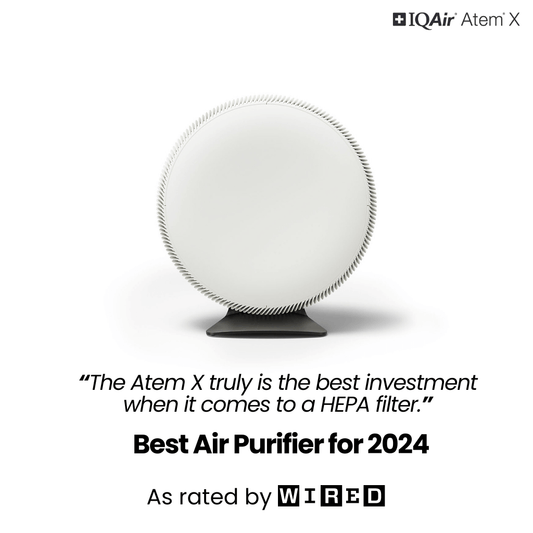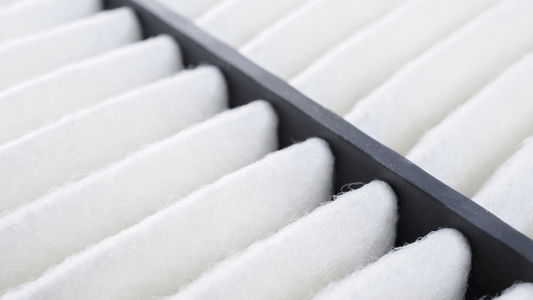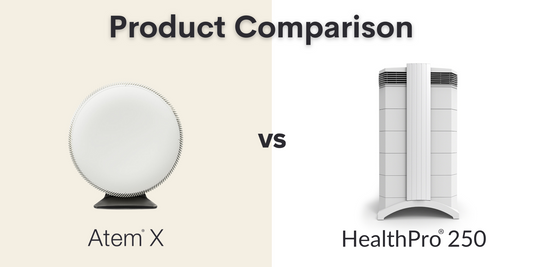The recent paper 'UK Indoor Air Quality' published by the Office of Science and Technology (OST) identifies some gaps in regulation and policy on how to improve indoor air quality. The EU Air Quality Framework Directive defines policy on a broad range of well known indoor air pollution including nitrogen oxides, carbon monoxides and particulate matter. The problem is that the Directive is focused wholly on outdoor air quality. In the UK, there is a lack of 'joined-up thinking' on indoor air pollution, because a number of different organisations are responsible for regulating the quality of our air (indoors and out).
OST notes that we need more research on the health effects of indoor air pollution exposure. At present, the two main investigations in regard to indoor air pollution are:
- The Medical Research Council studies into the effect of particulate matter on the lung.
- The Avon Longitudinal Study of Parents and Children (www.bristol.ac.uk/alspac) is collecting genetic and environmental information on 14,000 families.
And while we are awaiting more evidence on how air pollution negatively affects our health, there is still plenty that could be done to improve indoor air quality. OST suggests action on four fronts:
- More coordination between the people who regulate air quality
- Revision of building regulations
- Tackling indoor and outdoor emissions
- Improving awareness and changing behaviour
I found the discussion on how to improve indoor air quality and how it is affected by building regulations particularly interesting. The focus has shifted very much towards energy efficiency in recent years. All well and good - who could disagree with saving energy? But this leaves modern buildings tightly sealed and less well ventilated, which has an adverse impact on ways to improve indoor air quality. A poorly ventilated home will have low oxygen levels and facilitates the accumulation of allergens through dust mites and gases and fumes. One way around low oxygen levels is to adopt the 'passive house' concept, first developed in Sweden. The passive house combines high energy efficiency with a mechanical ventilation system. According to the OST paper, there are now 17,000 of these passive homes worldwide, including a number in the UK. Ventilation by itself, however, will not be enough to provide a significant reduction in the exposure of air pollution through dust mites or pet dander. Furthermore, ventilating can bring in a significant amount of outdoor air pollution into your home too.
I've written before about the fact that monitoring sites in Central London often exceed permitted EU levels for nitrogen oxides and particulate matter. Tightening up on outdoor air pollution controls (yes, bring on those EU fines and punishments) can only help improve our indoor air quality. Indoors, the best way to cut down on pollution is through the use of an effective HEPA air purifier, and by limiting the source of the indoor air pollution. Cooking and heating appliances should be regularly maintained and serviced, and you should use allergy friendly cleaning products to fight pet and dust mite allergens.
And, finally, what about the smoking ban of 2007? It's early days to know the impact on health. But there is evidence of a 17% reduction of the coronary syndrome in both smokers and non-smokers in Scotland. The Royal College of Physicians has said they would like the ban extended to cover smoking in cars to protect children's health. Would you go further and ban smoking altogether? It'd certainly improve indoor air quality - but the OST paper stops well short of suggesting this. Let's hope it's not too long before some of the above ideas trickle down to our policymakers and some firm action is taken to tackle indoor air pollution in the UK.
Source: Parliamentary Office of Science and Technology Note 366 UK Indoor Air Quality November 2010




